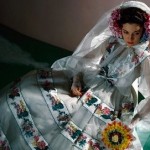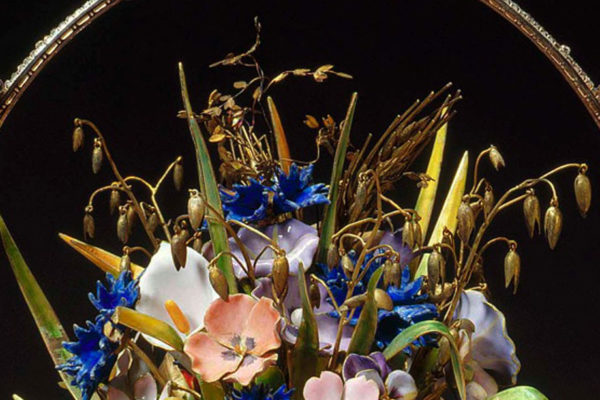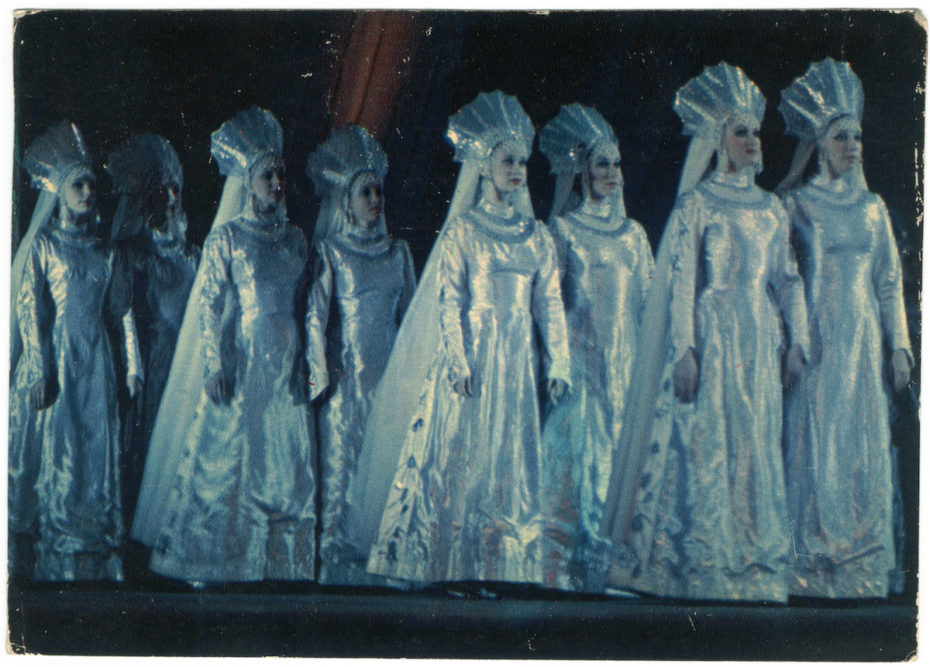
On a dimly lit stage, dozens of cloaked figures rise in unison under a somber, blue glow. As the spotlight grows brighter, the dancers are revealed; all unshakeable smiles and sparkles in their conical gowns that seemingly glide – no, float – across the stage like a life-sized music box. It’s enchanting, it’s eerie, and it’s kind of Russia’s answer to the Rockettes: the Berezka Dance Ensemble. Words don’t do these ladies’ footwork sorcery justice, so first things first, have a look:
Unreal, right? The dance, also spelled “Beryozka”, was invented in 1948 by Russian ballerina and choreographer Nadezhda Nadezhdina and literally means “little birch”, as the women would usually dance holding birch twigs. Today, it endures as one of Russia’s most iconic dance troupes, but Nadezhda was always quick to say that this wasn’t your average folk dance – this was the dance of the future. “Beryozka’s dances are not folk dances,” she said, “They are dances whose source is the creative work of the people. But composed by me”.
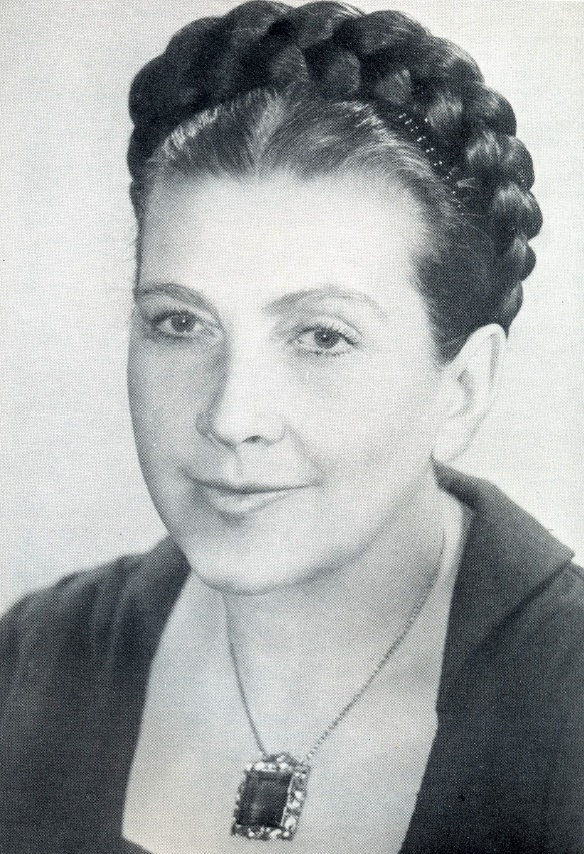
As with everything in the USSR, the prevailing norms favoured the work of the working class group over the individual. And the new Soviet woman, as exemplified through the Berezka dancers, was yet another highly polished team player with an evergreen smile. As Daniel Jaffé explains in Historical Dictionary of Russian Music, “there was a drive against vulgar ‘gypsy’ dances, waltzes, and tap dances associated with the decadent West and America in particular”.
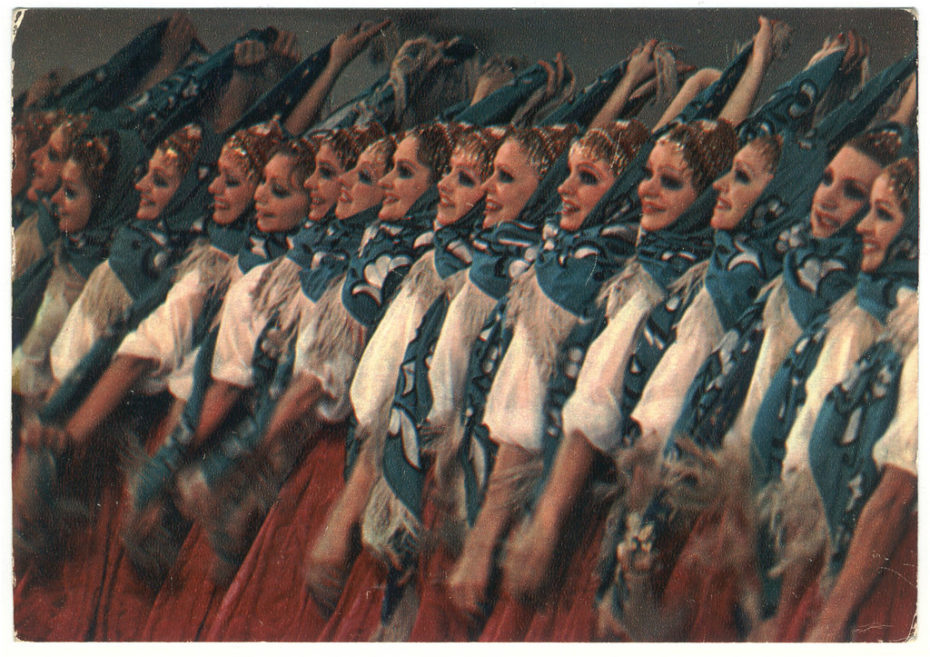
Thus, while the first of Nadezhda’s dancers were young farm girls from the current Tver region, they shuffled around the stage in silence to intricate dance patterns that felt much less folk-y and a lot more like life-sized Packman. It was unprecedented blend of old and new, with elements of the 1,000-yr-old folk art form, khorovod, which calls for circle dancing. “The khorovod is characteristic of all Slavic peoples,” Nadezhda told The New York Times on tour in 1972, “Its roots go back to pagan times. The circle represented the sun and the khorovod was danced to the god of the sun, Yarila”
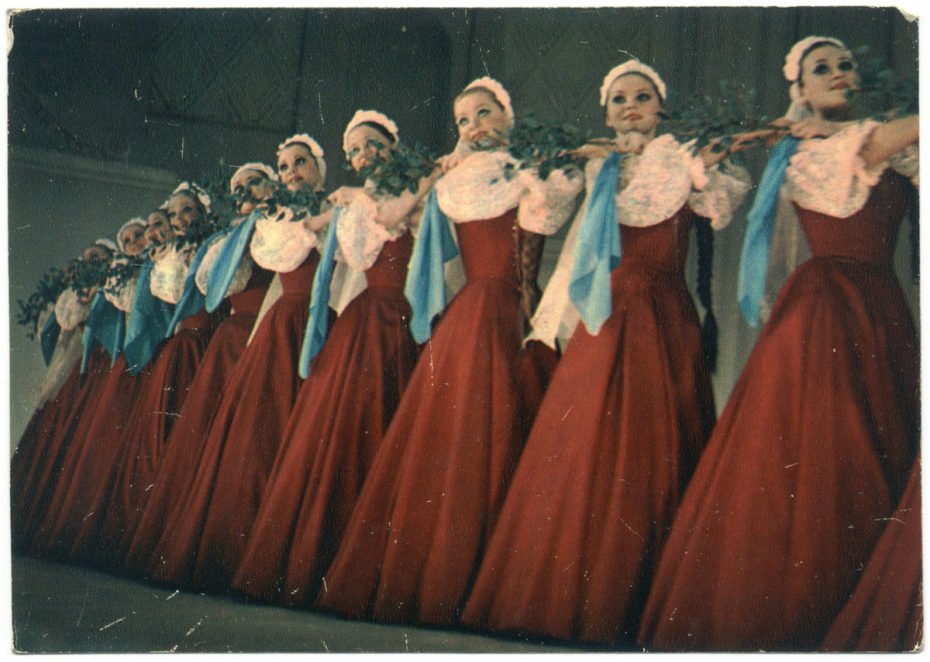
Come 1951, they were so popular that the crowd literally swelled out of the building during their show at the Stockholm Music Academy. Above all, their ‘gliding’ dance style sent a fierce new message: the USSR is here, and it’s unbreakable. Same look, new ‘tude.
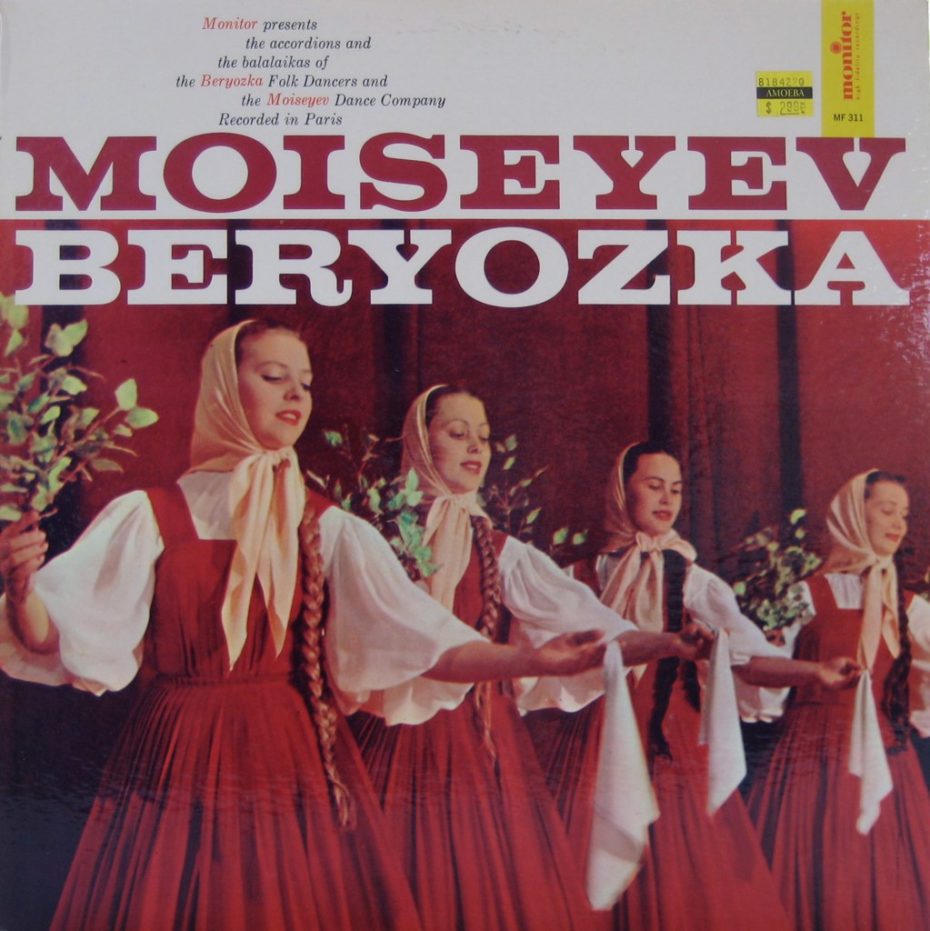
The key to how the dancers float has also remained a bit of a mystery to anyone outside the ensemble. “That’s a secret of the firm,” Nadezhda told the NY Times in the same interview, saying that “Not even all our dancers can do it,” she said. “You have to move in very small steps on very low half‐toe with the body held in a certain corresponding position.”
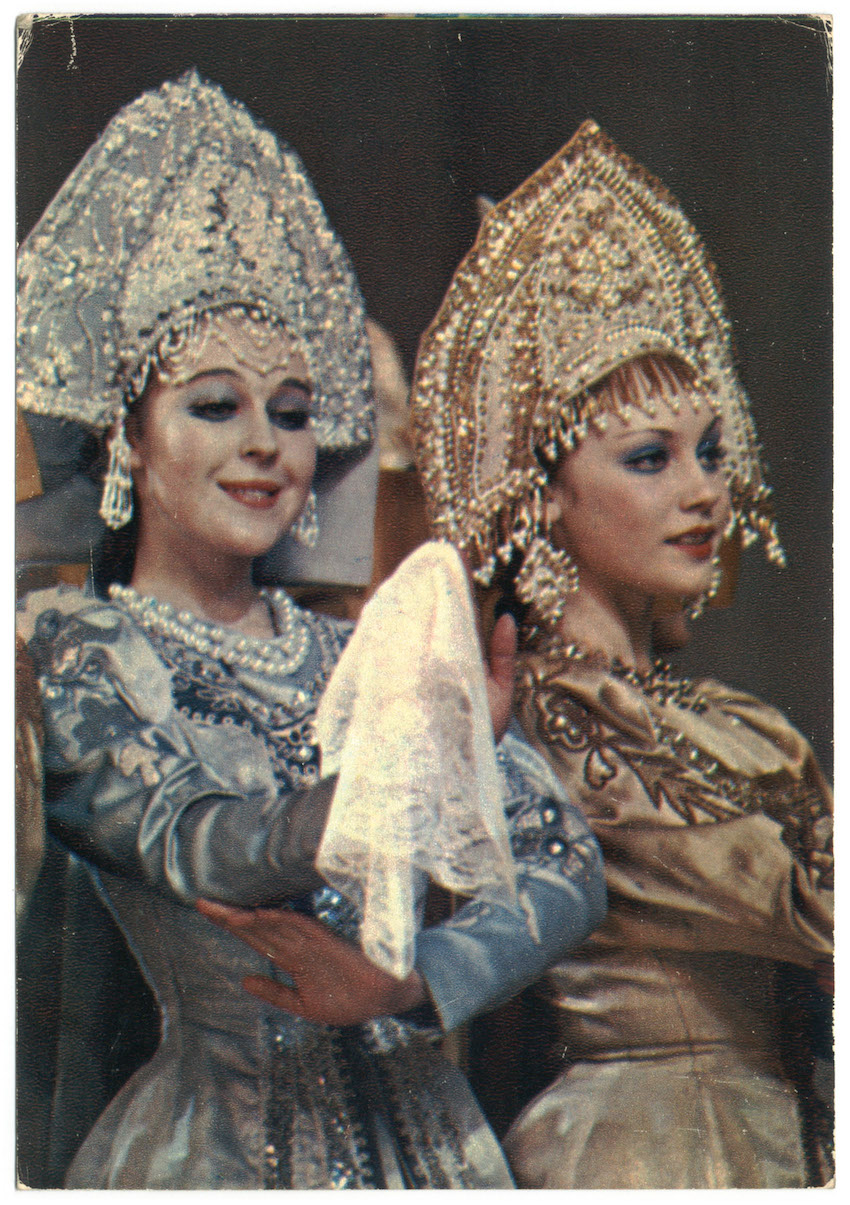
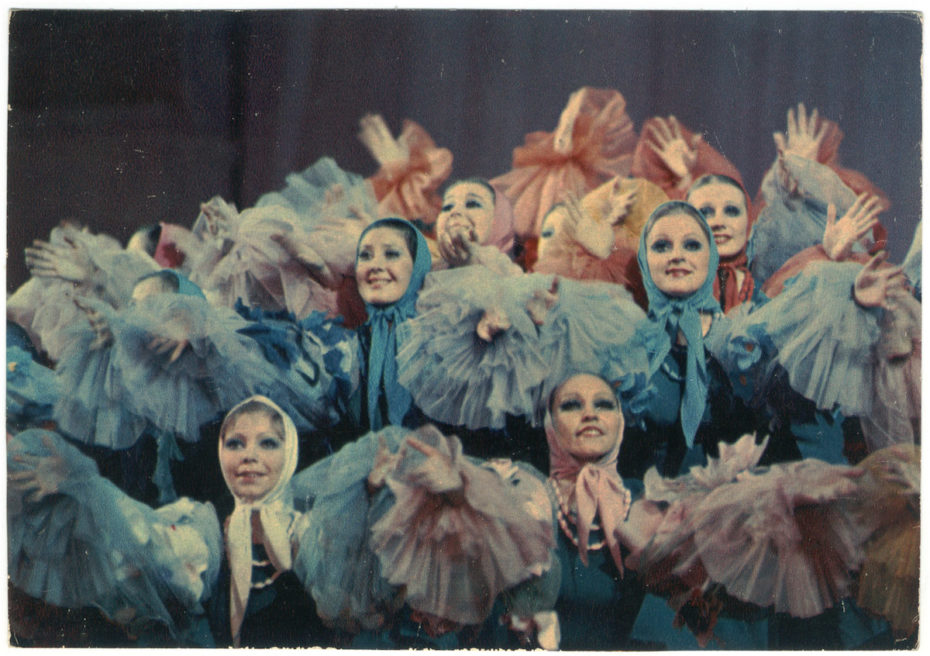
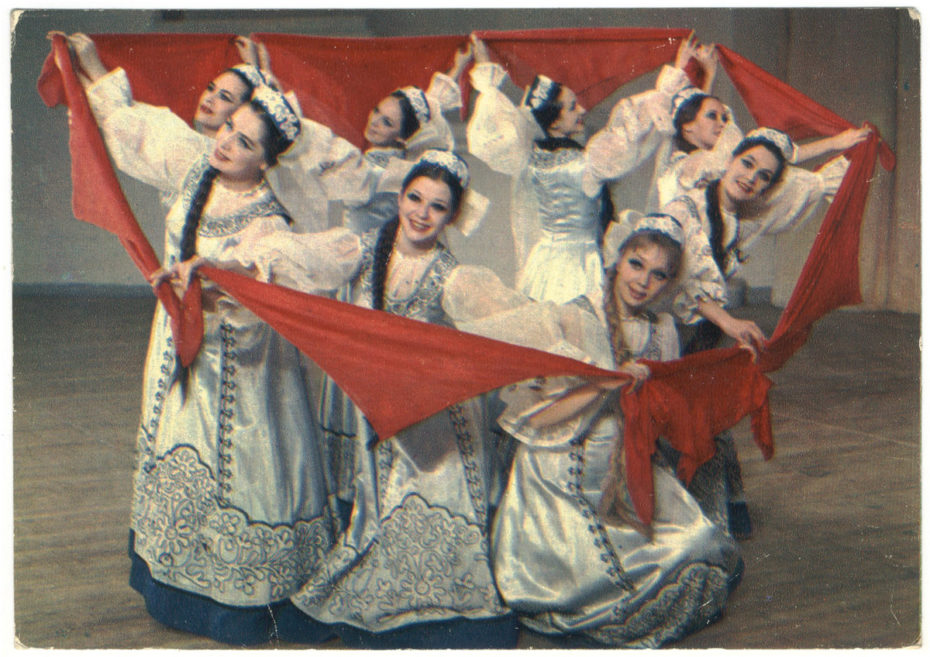
Most impressively, Nadezhda’s troupe garnered praise both in and outside of the USSR throughout her life. In 1950, she won her country’s prestigious Stalin Prize; then, in 1959, she was awarded the Joliot-Curie Gold Medal by the World Peace Council. In that sense, Berezka was pretty amazing at finding a way to glide in and out from behind the Iron Curtain.



